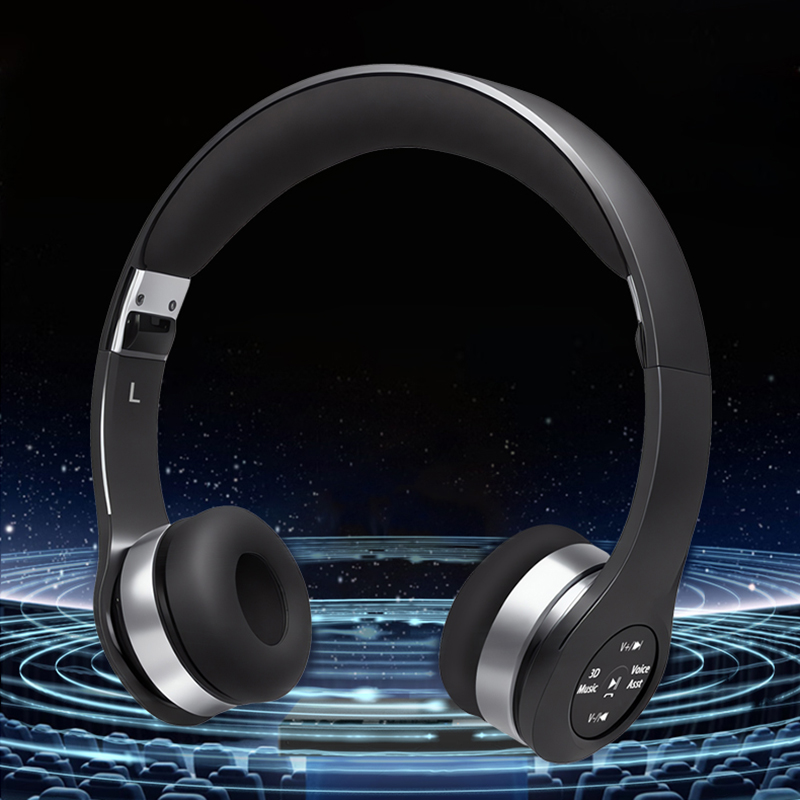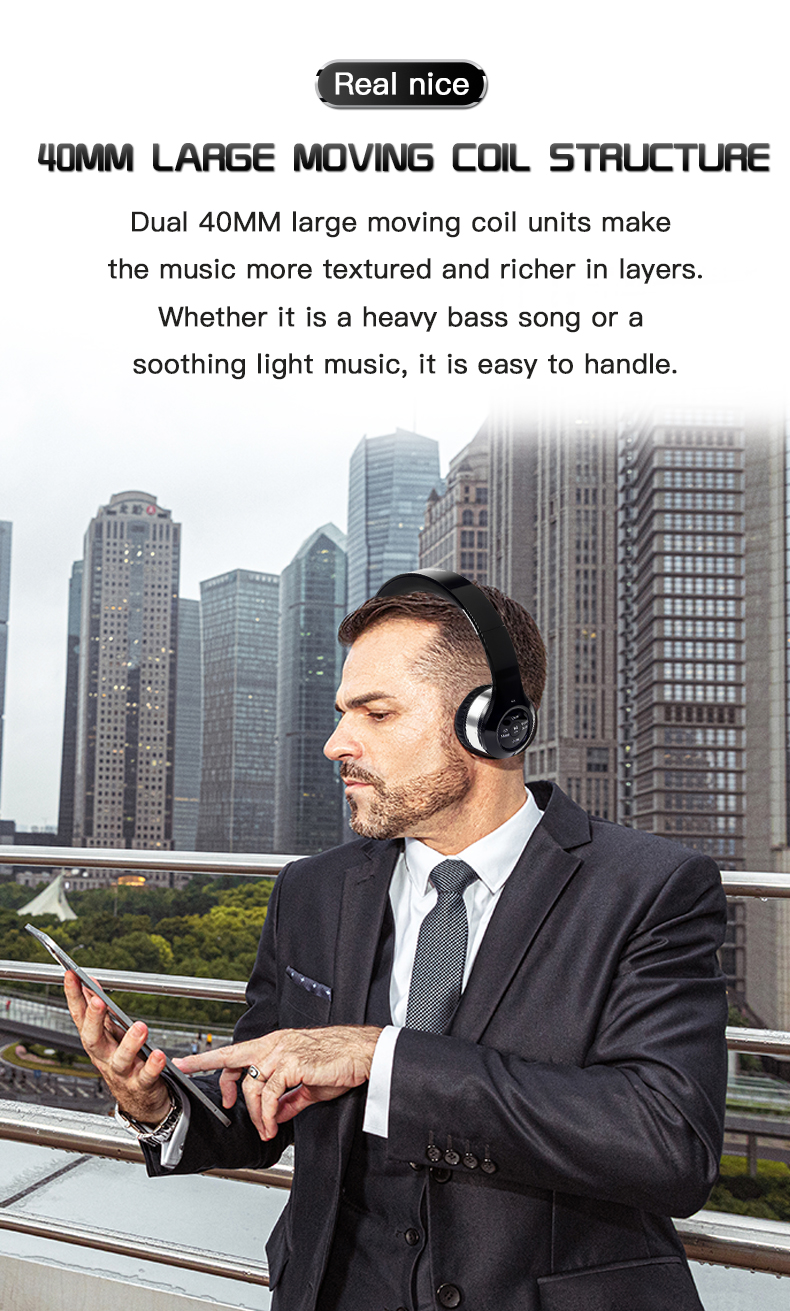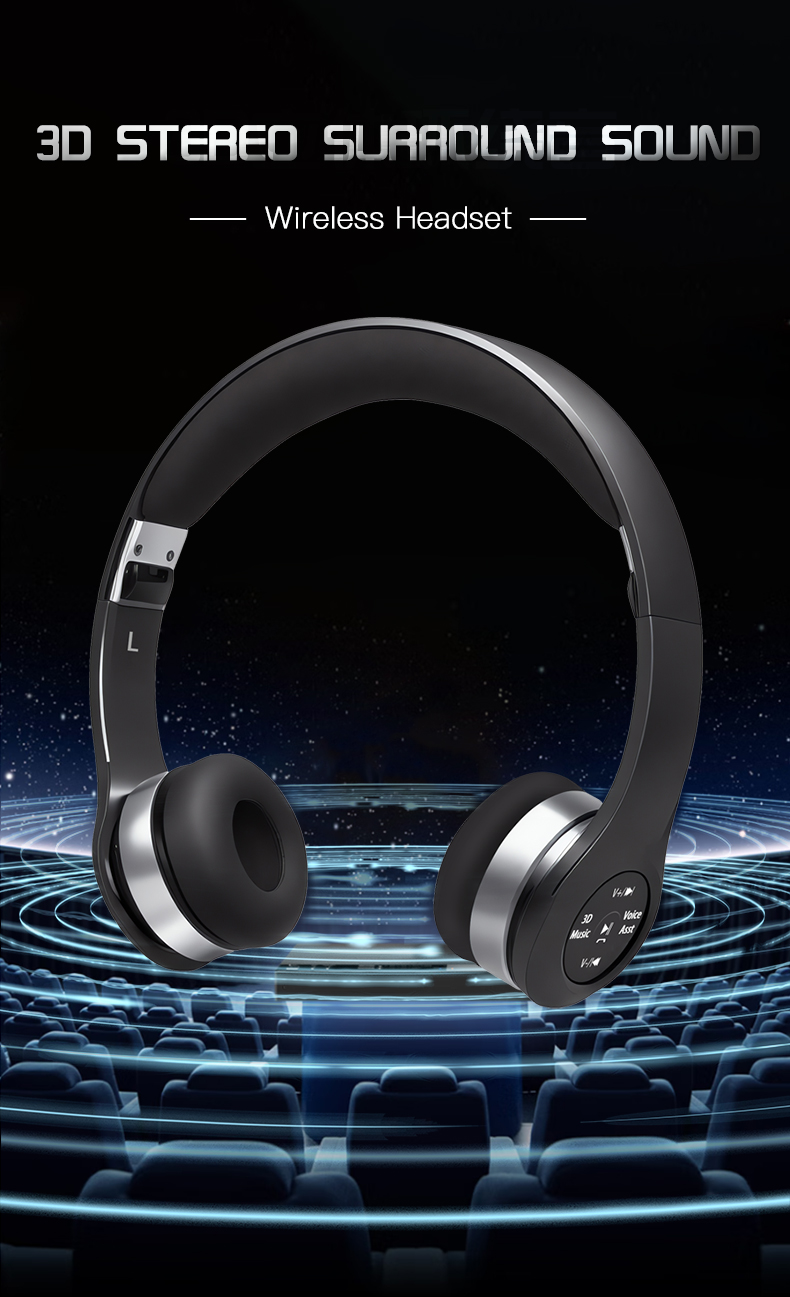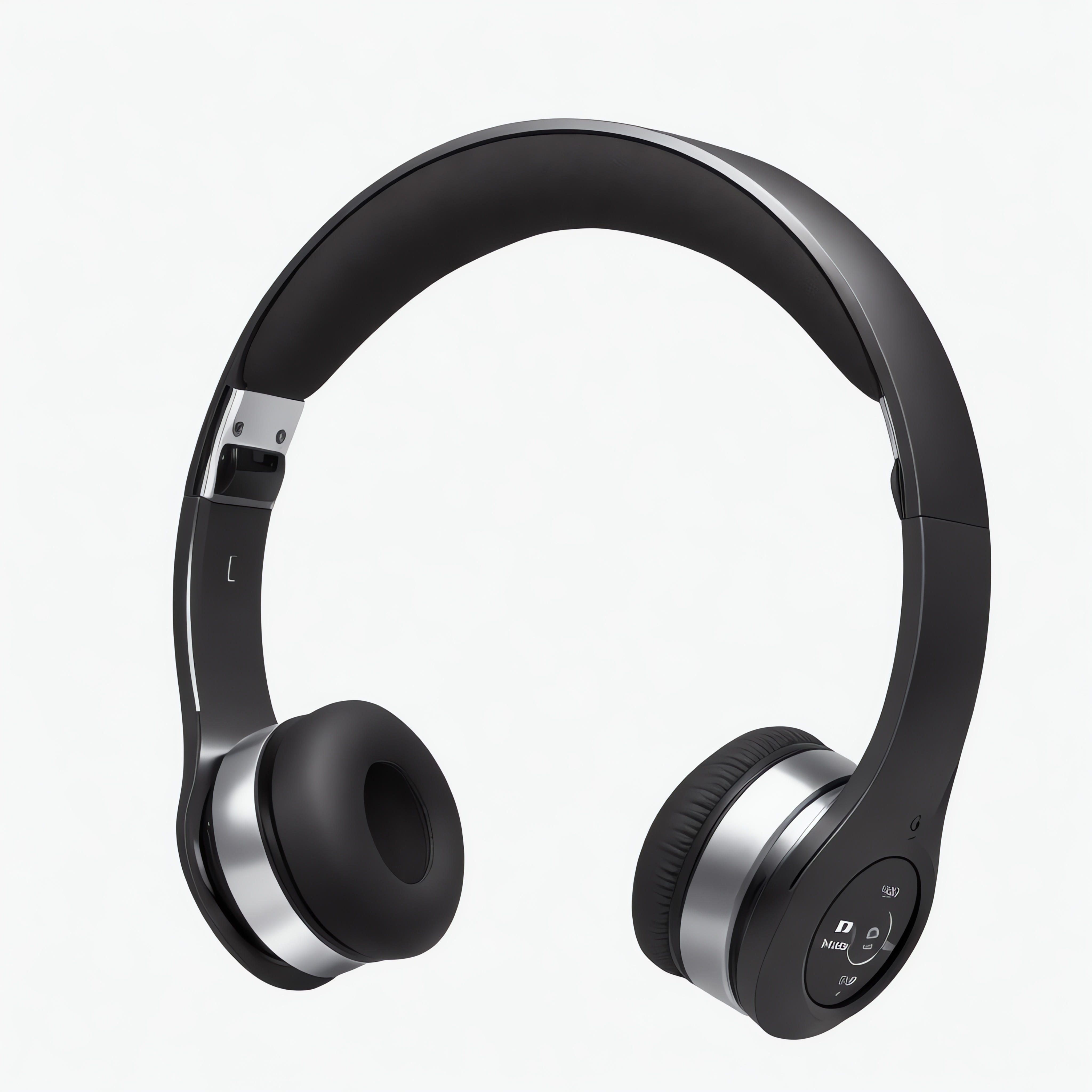2025-11-03 Shenzhen Linx Technology Co.,Ltd 0
In today's rapidly evolving audio technology landscape, 3D sound headphones are redefining how people perceive audio through their revolutionary immersive experience. Once a technology confined to professional recording studios, it has now quietly entered the lives of everyday consumers, bringing unprecedented auditory innovation to gaming, film viewing, and even remote work. Linx also have our own 3D headphone.
From Flat to three-dimensional: The Spatial Revolution of Sound
Unlike traditional stereo, which only provides left and right channels, 3D sound uses sophisticated algorithms to simulate the physical characteristics of how the human ear perceives sound. Based on the Head-Related Transfer Function (HRTF), it accurately recreates the position, distance, and movement trajectory of sound in three-dimensional space. When the wearer turns their head, some high-end models, equipped with built-in gyroscopes, adjust the sound field in real-time, creating an auditory experience comparable to the real world. This technology not only gives sound height and depth but also assigns precise coordinates to each sound element in virtual space.

Multi-Scenario Applications, Comprehensive Experience Upgrade
In the gaming sector, 3D sound headphones have become essential equipment for competitive players. The source of gunfire and the direction of footsteps are no longer simple left-right cues but become three-dimensional information that can be accurately judged. In large-scale games like Cyberpunk 2077, players can clearly distinguish the hovering cars overhead and the rumble of subways beneath their feet, achieving a stronger sense of scene immersion.
In terms of film viewing, when movies supporting Dolby Atmos are played through 3D sound headphones, audiences can feel the realistic effect of raindrops falling from above or bullets whizzing past their ears. When used with VR devices, this immersion reaches its peak, setting a new standard for home entertainment.

Leading Technologies Showcasing Their Strengths
Currently, major audio manufacturers are actively deploying in the 3D sound field. Sony's 360 Reality Audio technology uses object-based spatial coding to precisely position each instrument in virtual space. Apple's Spatial Audio deeply integrates its ecosystem advantages, achieving excellent head-tracking effects on mobile devices. Traditional audio giants like Sennheiser and Bose have also launched their respective 3D audio solutions, driving technological competition across the industry. Linx as a 18 years headphone manuafacturer lauched our own 3D headset.

Future Prospects and Challenges
With the rise of the metaverse concept and the popularization of virtual reality technology, 3D sound is becoming a crucial foundation for the next generation of human-computer interaction. Audio engineer Li Ming stated, "Only when visual immersion and auditory immersion break through simultaneously do we truly step into the threshold of virtual-real integration."
However, this technology still faces challenges. Since everyone's ear structure is unique, the ideal 3D sound experience requires personalized parameter calibration. How to quickly adapt algorithms to different users' auditory characteristics has become an urgent technical challenge for the industry.
From professional fields to consumer markets, from entertainment to work applications, 3D sound headphones are quietly changing the way we perceive the world. In this auditory revolution, technology is not only improving sound quality but also redefining the dimension of "presence," opening up new possibilities for digital life.
